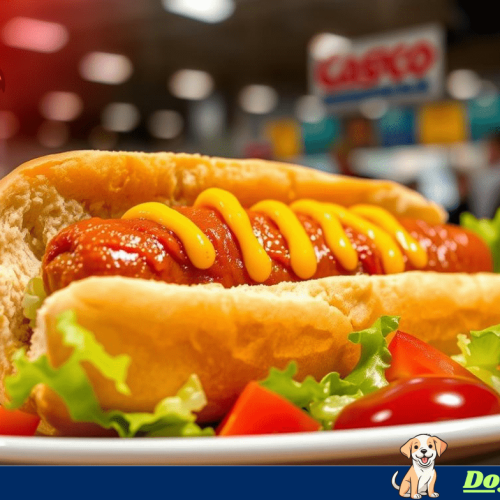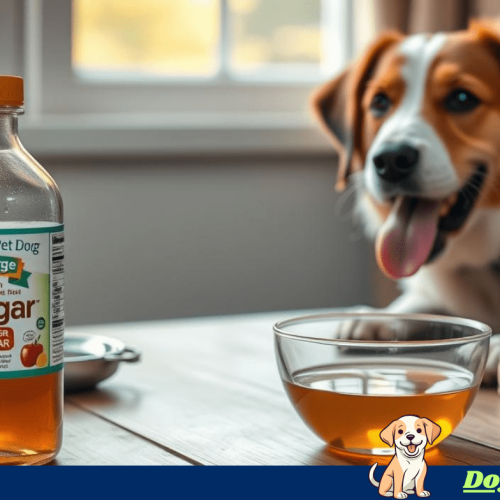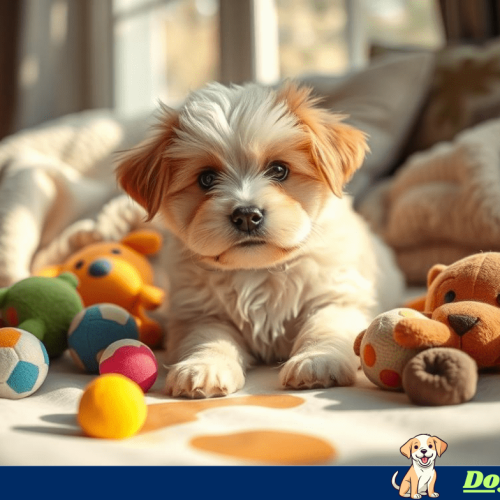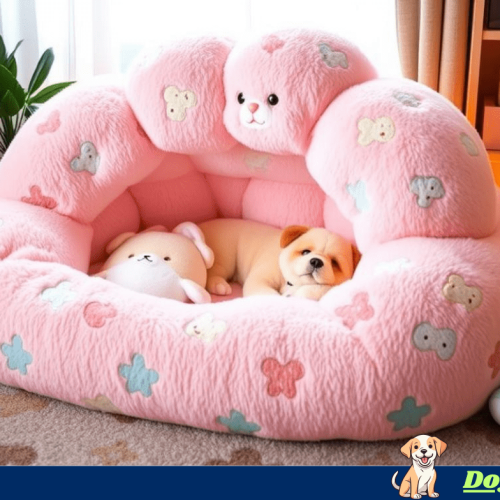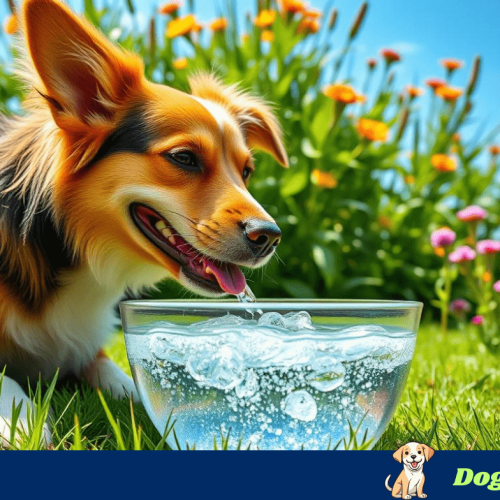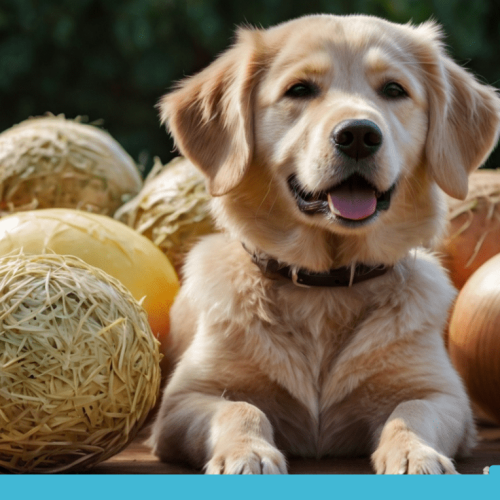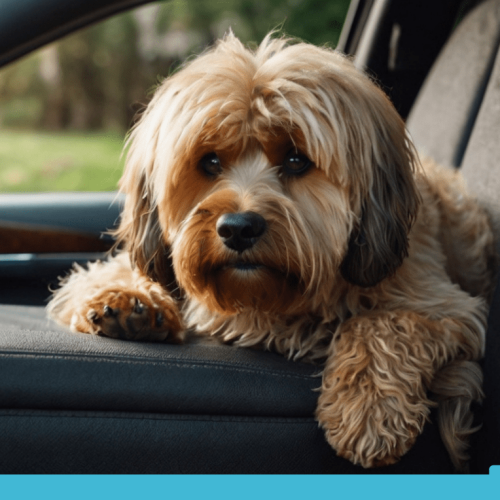Table of Contents
ToggleMy Dog Whine in the Car | Pet Behavior Guide?
why does my dog whine in the car: You might have seen your dog whine during car rides as a pet owner. This behavior can be puzzling, but knowing why it happens can make car trips better for your dog.
This guide will look into why dogs whine in cars. We’ll cover physical and emotional reasons. You’ll also get tips to make car rides more fun for you and your dog.
Key Takeaways
- However, motion sickness is just one explanation of several that could be causing your dog to whine in the car—or in any other setting.
- However, to solve the problem, you must first understand it: uncover what is behind your dog’s whining.
- Whining in the car: Whining is just another form of whining. Use positive reinforcement training to encourage a relaxed environment.
- Veterinary advice on overcoming motion sickness and anxiety would be helpful, too.
- Over time, desensitization exercises and helping your dog become more confident in the vehicle can assist with car whining.
Why Does My Dog Whine in the Car: Understanding the Behavior

However, knowing why your dog is whining in the car is critical. There are many reasons behind canines freaking out in vehicles. If you know the reason, then you can resolve the issue.
Common Signs of Car-Related Distress
Dogs may show signs of car trip stress. They may pace, drool, pant, shake, or even try to escape. The best way to be aware of your dog’s stress or anxiety is to learn and watch out for these signs.
Distinguishing Between Different Types of Whining
Whining in dogs can mean different things. In the car, it might show Fear, boredom, or excitement. Knowing what your dog’s whine means helps you better meet its needs.
The Role of Past Experiences
A dog’s past affects their car behavior. Alarming experiences, like motion sickness, can make them anxious. Knowing about these experiences helps make car rides better for them.
Understanding car-related distress, different whines, and past experiences helps a lot. It’s critical to making car rides better for your dog.
The Physical and Emotional Causes of Car Whining

When your dog whines in the car, it’s often more than just boredom. Physical and emotional factors can cause your dog’s discomfort and stress. Knowing these causes helps make car rides better for both you and your dog.
Motion sickness is a big reason for car whining. Dogs, like humans, can feel sick and uncomfortable in moving cars, and this dog car sickness causes them to whine to show they’re not feeling well.
Emotions also play a big part in car whining. Dogs might get anxiety or Fear from bad car experiences. This dog travel stress makes them whine, trying to tell you they’re scared or uncomfortable.
Excitement about the car ride can also cause whining. Your dog might get too excited, showing their enthusiasm in a way that’s not always welcome.
| Potential Cause | Symptoms | Possible Solutions |
| Motion Sickness | Whining, nausea, drooling, vomiting | Medication, gradual desensitization, proper ventilation |
| Anxiety/Fear | Whining, panting, trembling, pacing | Calming supplements, positive reinforcement training, gradual exposure |
| Excitement | Whining, barking, jumping | Obedience training, providing toys or chews to occupy your dog |
By tackling the reasons for your dog’s car whining, you can make travel better for them. With patience and the proper steps, you can help your dog enjoy car rides more.
Motion Sickness and Vehicle Anxiety in Dogs

Car rides can be stressful for some dogs. While some dogs love going for a ride, others may feel sick or anxious. Knowing the signs and causes can help make car trips better for your dog.
Symptoms of Canine Motion Sickness
Dogs with motion sickness may show signs like:
- Excessive drooling or salivation
- Nausea and vomiting
- Lethargy or lack of energy
- Whining or restlessness
- Reluctance to move or get into the car
Anxiety vs. Physical Discomfort
It’s crucial to tell the difference between car anxiety and motion sickness. Anxious dogs might pant, tremble, or try to get out. Dogs with motion sickness will likely show signs of nausea and discomfort. Knowing the cause helps you find the right solution.
Age-Related Factors
Your dog’s age can affect how they handle car rides. Puppies and older dogs might be more prone to sickness or anxiety. Watching how your dog reacts and adjusting your approach can make car trips better for both of you.
Understanding motion sickness and vehicle anxiety in dogs helps pet owners make car rides more comfortable. By knowing the symptoms, causes, and how age affects it, you can ensure a better experience for your dog.
Creating a Comfortable Car Environment for Your Dog
Creating a cozy car space is vital to calming dogs and stopping whining. Meeting their physical and emotional needs can reduce stress. Here are some tips to make car rides better for your dog:
- Proper Restraints: Use a well-fitting dog harness or crate to keep your pup secure and prevent them from distracting the driver or getting injured in the event of an accident.
- Temperature Control: Ensure the car’s temperature is comfortable for your dog, neither too hot nor too cold. Provide a cooling or heating device if necessary.
- Familiar Items: Bring your dog’s favorite blanket, toy, or bedding to create a sense of familiarity and safety in the vehicle.
- Safe Space: Designate a cozy, designated spot in the car where your dog can rest and feel at ease, away from high-traffic areas.
These simple steps can make car rides more relaxing for your dog. They help reduce stress and prevent whining.
Tip | Benefit |
| Proper Restraints | Keeps your dog secure and prevents distractions or injuries |
| Temperature Control | Ensures your dog’s comfort and avoids temperature-related stress |
| Familiar Items | Provides a sense of familiarity and safety in the vehicle |
| Safe Space | Gives your dog a designated, comfortable area to rest and feel at ease |
Making your car a cozy space allows you to stop whining and make trips more fun. Always put your dog’s comfort first when driving.
Training Techniques to Reduce Car Whining
Learning to stop your dog from whining in the car can make trips more enjoyable. Positive training, desensitization, and confidence-building can reduce stress and help your dog feel more comfortable and calm during car rides.
Positive Reinforcement Methods
Positive reinforcement is a key to stopping car whining. When your dog is calm in the car, reward it with treats, praise, or its favorite toys. This teaches the dog that the car is a good place, reducing its need to whine.
Desensitization Exercises
Getting your dog used to the car in small steps is also helpful. Start by letting them get in the car without moving it. Then, reward them for staying calm. Gradually, take them on short drives. This helps them get over their Fear of car rides.
Building Confidence in the Vehicle
To make your dog feel more secure in the car:
- Try a few things.
- Add familiar toys, bedding, or other comforts.
- Could you give them a particular spot in the car?
This makes them feel safe and more at ease during trips.
Freequently asked question about why does my dog whine in the car

Why does my dog whine in the car?
Dogs may whine in cars for many reasons, including motion sickness, anxiety, Fear, excitement, and bad past experiences. Knowing why your dog whines is the first step to fixing the problem.
What are the signs of car-related distress in dogs?
Dogs showing distress in cars may whine, pant, pace, drool, tremble, and try to get out. These signs suggest they might be feeling sick, anxious, or uncomfortable.
How do I distinguish between different types of dog whining?
Pay attention to the sound, how long your dog whines, and its body language. Anxious whining sounds high-pitched and never stops. Whining from motion sickness might come with signs of illness.
How do past experiences affect a dog’s behavior in the car?
A dog’s good and bad past affects how they act in cars. Bad experiences can make them more anxious and whiny. But good experiences can help them feel more at ease.
What are the physical and emotional causes of car whining in dogs?
Dogs whine in cars for physical and emotional reasons. These include motion sickness, anxiety, Fear, and excitement. Knowing the cause helps you find a solution.
How do I know if my dog is experiencing motion sickness?
Signs of motion sickness in dogs include whining, drooling, feeling sick, and vomiting. Any age dog can get motion sickness, but it’s more common in young and old dogs.
How can I tell if my dog’s whining is due to anxiety or physical discomfort?
It’s hard to tell if your dog is anxious or in pain. Look for other signs. Anxious dogs might pace, pant, and try to get out, while dogs in pain might look sick or tired.
How does a dog’s age affect their response to car rides?
A dog’s age can affect how they handle car rides. Young and old dogs are likelier to feel sick or anxious while traveling.
What can I do to create a more comfortable car environment for my dog?
To make car rides better for your dog, use the proper restraints and keep the car comfy. Bring things your dog knows and loves and give them a safe spot in the car. These steps can make them feel less stressed and anxious.
What training techniques can help reduce car whining in dogs?
To reduce car whining, use positive training, desensitize them to car rides, and build their confidence. Gradually get them used to being in the car and reward them for staying calm. This can help them feel better and less anxious.


